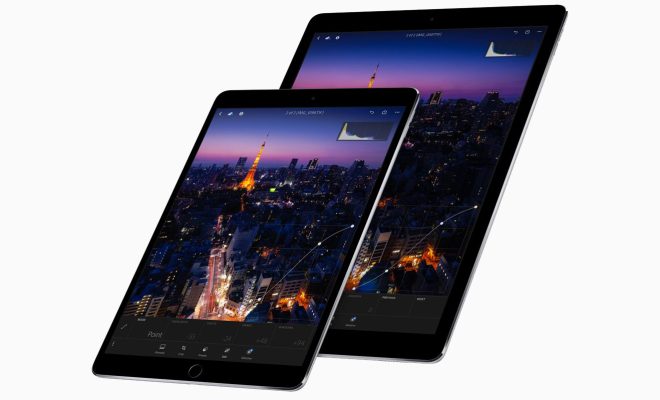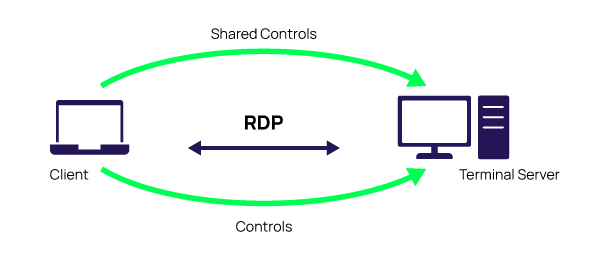What Is DALL-E and How Does It Create Images From Text?

In January 2021, OpenAI, an artificial intelligence research laboratory, released a tool called DALL-E that is capable of creating images from text descriptions. The name is a combination of artist Salvador Dali and Pixar’s WALL-E, referencing the surreal and creative images that the tool generates.
DALL-E is built upon OpenAI’s GPT-3 language model, which is capable of analyzing and understanding natural language. However, instead of generating text-based responses, DALL-E uses the text input to create unique and visually appealing images.
To use DALL-E, the user simply inputs a text description of what they want the image to look like. For example, “an armchair in the shape of an avocado.” DALL-E then analyzes and interprets the text before generating an image that matches the description. In this specific example, the image would be an armchair that resembles an avocado, complete with a green exterior and an off-white cushion for the pit.
DALL-E is not simply a tool that uses pre-designed shapes and graphics. Instead, it leverages a neural network that has been trained on a massive dataset of images, allowing it to create hyper-realistic images that are unique to the text input. The tool can generate a wide range of images, from animals and objects to scenes and even anthropomorphic figures such as a “snail made of harpsichords.”
The potential applications for DALL-E are vast, from advertising and marketing to interior design and architecture. DALL-E is also relevant in the medical field, where it could be used to create personalized images for patients, or in the video game industry, where it could be used to create a vast number of unique characters and environments.
However, DALL-E is not without its limitations. The tool can struggle with more abstract or complex language, making it difficult to generate images for certain concepts. Additionally, since DALL-E is reliant on inputs provided by humans, it can also perpetuate pre-existing biases and stereotypes.






